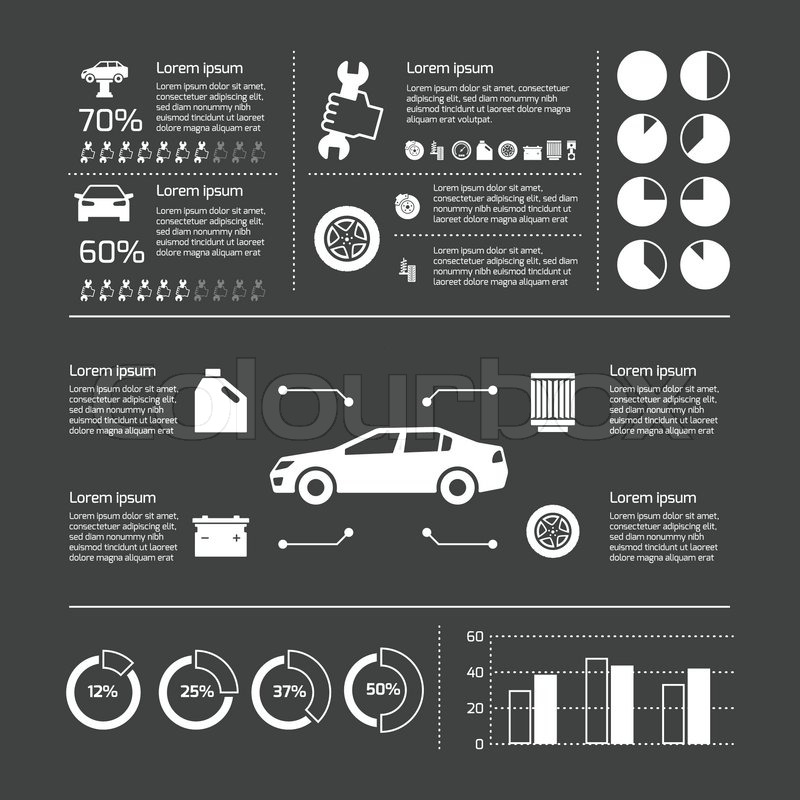Grasping The Value Of Your Vehicle'S Warning Signals: What They Really Stand For
Grasping The Value Of Your Vehicle'S Warning Signals: What They Really Stand For
Blog Article
Article Writer-Samuelsen Stark
When you lag the wheel, those radiant caution lights on your control panel can be a little bit perplexing. Do you know what they're trying to tell you about your car's health and wellness? Recognizing the relevance of these lights is vital for your safety and security and the durability of your automobile. So, visit this hyperlink following time one of those lights appears, would not you want to decipher its message precisely and take the needed steps to resolve it?
Common Caution Lights and Interpretations
Recognize typical warning lights in your automobile and recognize their meanings to make certain secure driving.
The most common warning lights consist of the check engine light, which indicates problems with the engine or exhausts system. If this light comes on, it's essential to have your vehicle inspected without delay.
see more warning light shows low oil stress, requiring prompt attention to avoid engine damage.
A flashing battery light might recommend a malfunctioning billing system, possibly leaving you stranded otherwise attended to.
The tire stress surveillance system (TPMS) light alerts you to reduced tire stress, influencing vehicle security and gas effectiveness. Disregarding this might cause dangerous driving problems.
The abdominal light indicates a problem with the anti-lock braking system, endangering your ability to stop promptly in emergency situations.
Finally, the coolant temperature level warning light warns of engine overheating, which can result in extreme damages if not settled swiftly.
Comprehending these usual caution lights will assist you address issues quickly and keep safe driving problems.
Value of Prompt Focus
Recognizing the common warning lights in your auto is just the first step; the importance of without delay dealing with these warnings can not be emphasized enough to ensure your safety on the road.
When a warning light brightens on your control panel, it's your vehicle's way of connecting a potential issue that requires interest. Overlooking these cautions can cause much more serious issues down the road, jeopardizing your security and potentially costing you extra in repairs.
Motivate attention to cautioning lights can stop malfunctions and accidents. For example, a flashing check engine light can suggest a misfire that, if left unattended, could create damages to the catalytic converter. Resolving this quickly can conserve you from an expensive fixing.
Likewise, a brake system warning light could signify reduced brake liquid or used brake pads, essential parts for your security when driving.
DIY Troubleshooting Tips
If you discover a warning light on your dashboard, there are a few do it yourself troubleshooting ideas you can attempt prior to seeking specialist aid.
The first step is to consult your vehicle's handbook to comprehend what the specific caution light suggests. Sometimes the issue can be as simple as a loosened gas cap activating the check engine light. Tightening up the gas cap may solve the problem.
One more usual concern is a reduced battery, which can set off numerous cautioning lights. Examining the battery links for corrosion and guaranteeing they're safe could fix the issue.
If a warning light persists, you can try resetting it by separating the car's battery for a few minutes and then reconnecting it. Additionally, inspecting your automobile's fluid degrees, such as oil, coolant, and brake fluid, can assist repair cautioning lights related to these systems.
Read the Full Guide
In conclusion, comprehending your automobile's warning lights is crucial for maintaining your automobile running smoothly and safely. By immediately dealing with these informs and understanding what they suggest, you can avoid expensive repair work and possible failures.
Keep in mind to consult your automobile's guidebook for certain information on each alerting light and do something about it appropriately to ensure a trouble-free driving experience.
Stay informed, stay risk-free when traveling!
